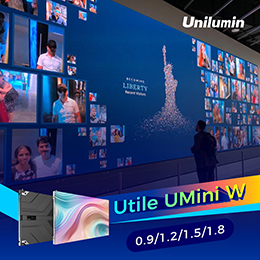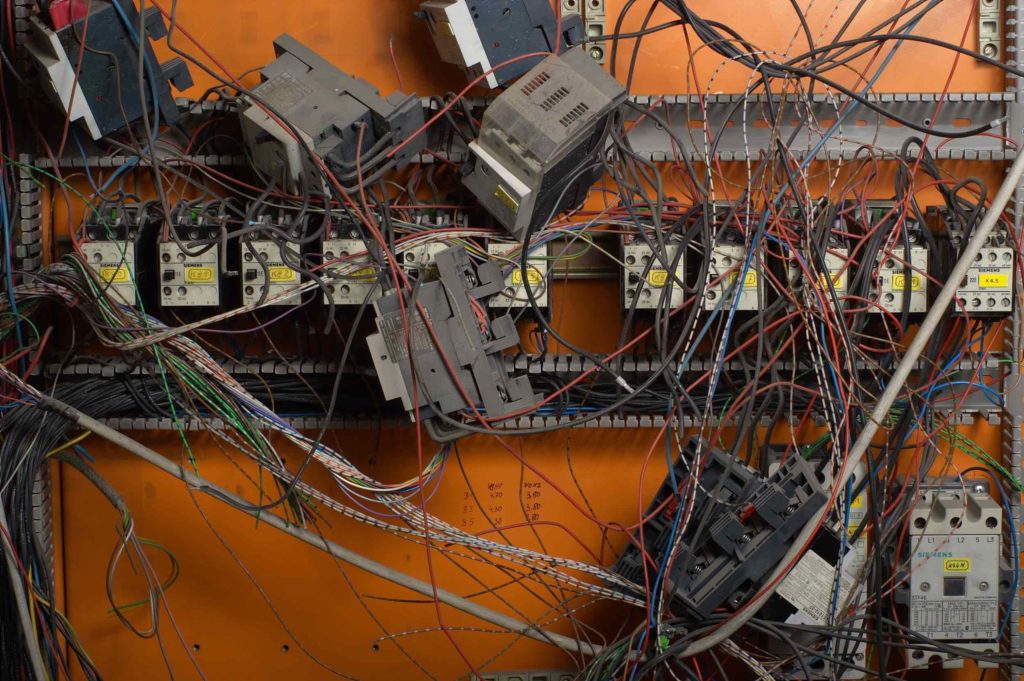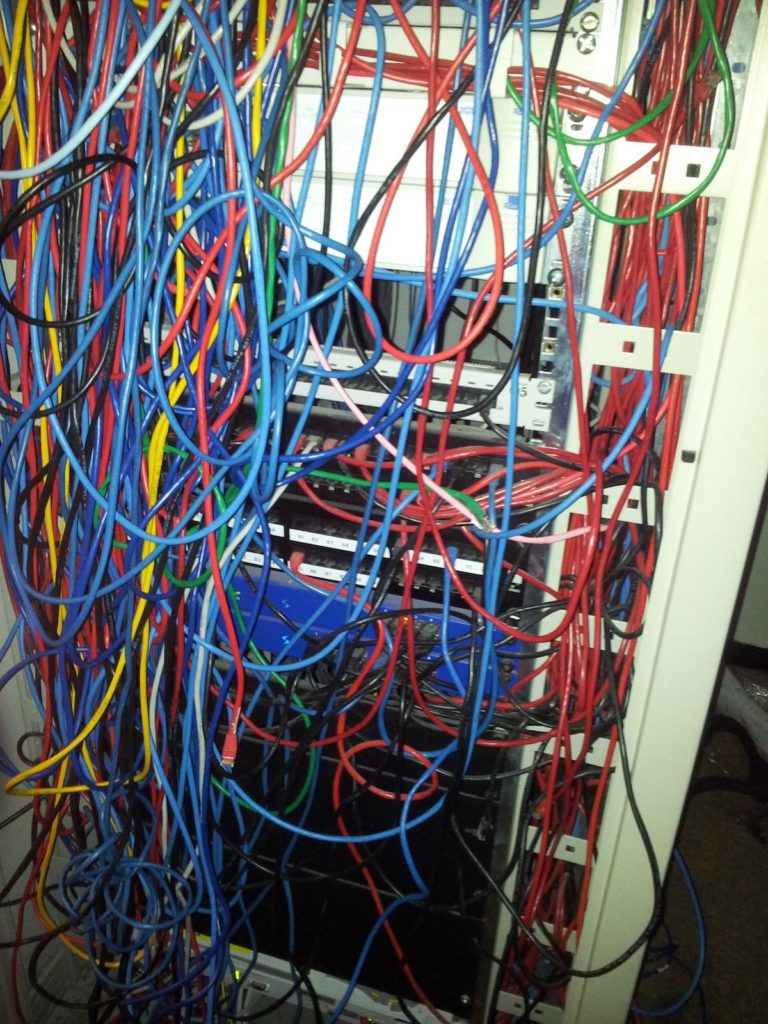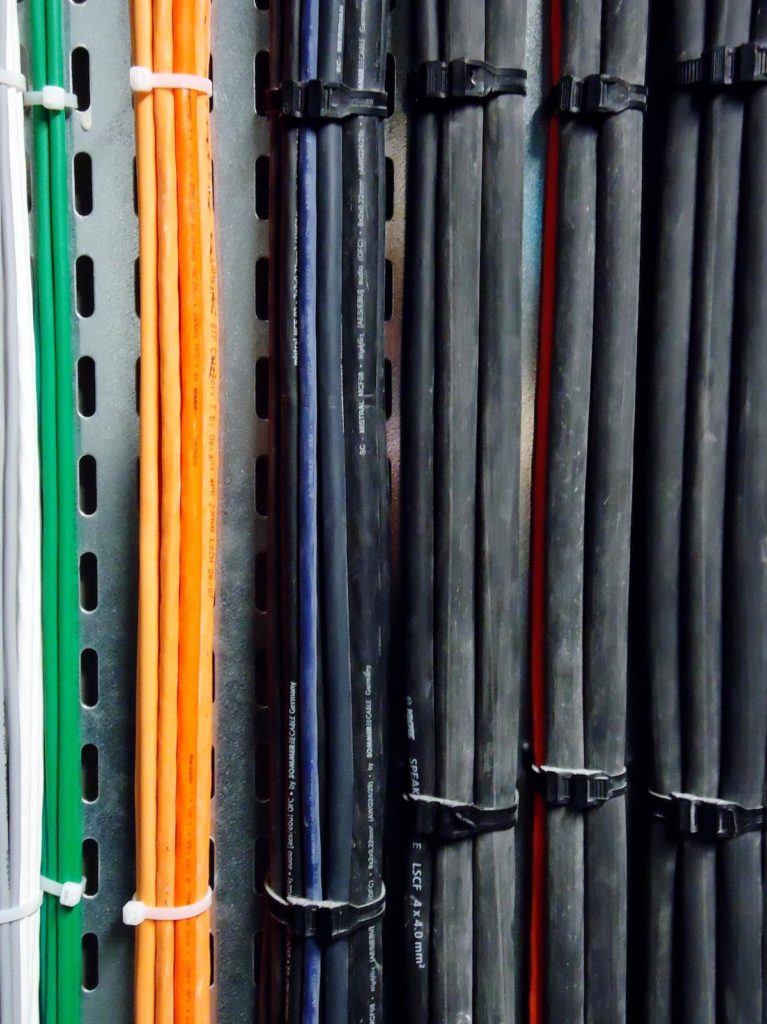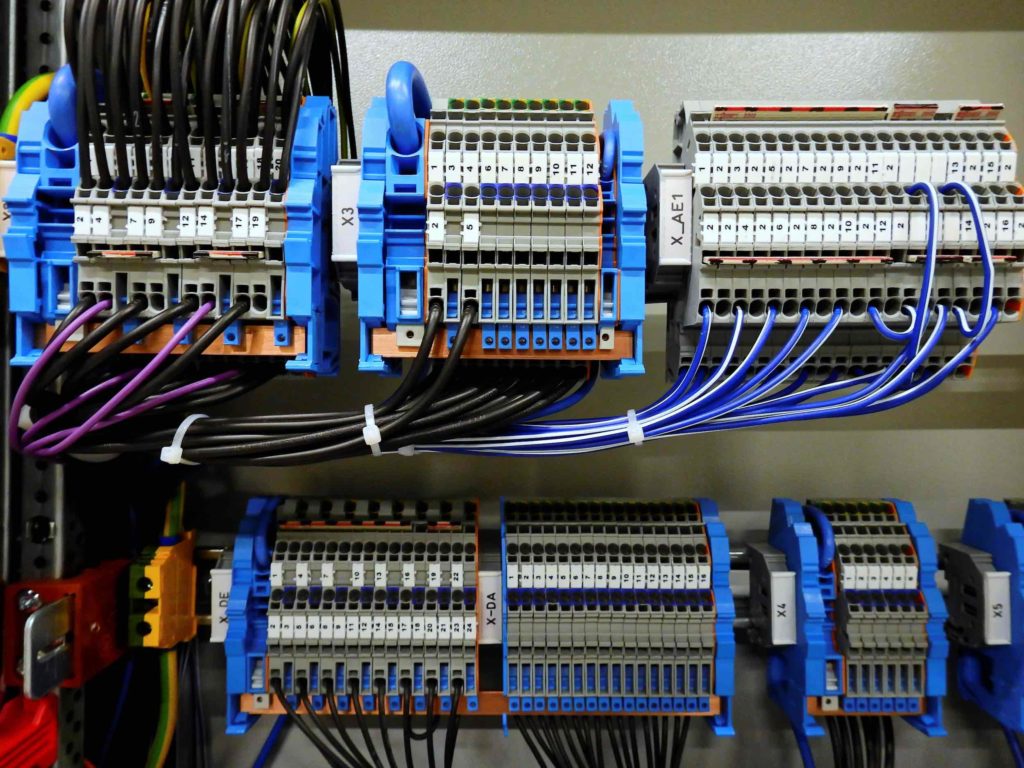Integration
5 Nov 2020

Dis-Integration

Subscribe to CX E-News
When pulling it all together falls apart
AV integration is all about getting different devices and people to play nicely together. It requires a holistic view of the big picture while knowing enough about each of the component parts, both what they do and how they do it.
For the most part, it all goes to plan. Consumers are blown away by their funky new tech and installers are paid with a margin that keeps their business growing.
Sometimes, though, it doesn’t work out like everyone expected.
There are multiple reasons why this might happen, but poor design, poor implementation and poor management of client expectations are the common bogeys. Let’s look at these and illustrate with real world examples.
Design Failures
The one that hurts me most is inferior design. Most mistakes can be eliminated before pulling a single cable. If only this was always the case. Over-promising, hubris or incompetence has compromised many a good job before an electron has flowed.
… poor design, poor implementation and poor management of client expectations are common bogeys
Some system designers will blow the budget on fancy speakers or bigger screens and then compromise the whole show by cheaping out on minor things, bringing the entire project to a lower level of user experience.
Like using IR bugs for one-way control when serial options are available. (Yes, it will cost more to program, but it will provide an infinitely better time for the user.)
Or using onboard TV streaming rather than a media server, or using cheap cable and connectors that degrade the signal to expensive endpoints. All to win a bid but potentially lose reputation.
When installing all the original video walls at Crown Casino, we had cutting edge video processors and the sharpest high-resolution screens available only to be let down by a composite video feed from the main media servers.
That’s where I first saw the crossover between consulting and insulting!
Scope Creep – The Integrator’s Bane
Good system design also counts on educating the end user enough to know exactly what they are getting. Good service means delivering exactly that – adding only approved and costed variations.
Commercially, this is relatively easy, assuming that the consultant is asking the right questions. If not, see scenario above… Residentially, it can be a nightmare.
That’s where I first saw the crossover between consulting and insulting!
I have been on countless site visits sorting out tech issues when the client pops their head behind the rack and says “While you are here, can you just add XYZ?” It’s hard to kick a winner when the goalposts don’t stay still.
My broken record response became “Yes, we *can* do it but it will cost you more money. I’m sure our sales rep would be happy to re-quote.”
Even more frustrating is the “I don’t like the look of the screen layouts but I can’t tell you what I do like” line. Best to get GUI mock-ups done and signed off before the contract is finalised.
Implementation Failures / Fixing Someone Else’s Mess
Sad to say but there are cowboys in the game. Man-in-a-van or HiFi store owner gets involved and it’s “Yeah mate, I can get your home theatre / boardroom fully sick. Those big boys will just rip you off.”
Poor old consumer can get left with a barely functional birds’ nest of wires and expensive mismatched products.
The ultimate insult is they then have to pay even more to get another company to come in and put their spin on the whole thing. I’ve seen it happen too often and it drags the whole industry down.
An integrator friend recently regaled a story where exactly that happened. The HiFi store guy left a shambolic and dangerous mess that didn’t do half what it was meant to.
Now, after a complete strip and rewire of the comms room, it is a study in correct cabling and running without fault for 12 months. As ever, end client footed the bill for the rebuild but at least it was done right the second time around.
Similarly, I once got called to assess a non-functional system installed in a second-rate seaside estate full of McMansions. A child could have done a finer job – set-top box and decoders precariously gaffer taped to chipboard shelves, bare wires everywhere and no labelling of anything.
My quick appraisal was “Bin it all and start again”. The poor end client was beside himself – he’d been sold a total lemon and the original installer was long gone.
More amusing was a car lifter getting stuck halfway between floors – the client couldn’t drive out in their favourite Ferrari and “had to take a bloody taxi”.
Turns out a relay went faulty and was quickly fixed but the finger always gets pointed at the tech onsite.
Then there is the ultimate cock up – after umpteen weeks adding and then re-doing new functions and features (while our company bled countless unchargeable site hours and any margin that ever existed on the job) – a water mains burst on the top floor and flooded the entire house, turning it into a $10m swimming pool.
They’d already spent more than $600k with us and it was all a write off. I moved on as our company folded in the aftermath – not sure what happened to that job.
Maybe it was karmic payback for the owner swanning around the house buck naked to show off his recent surgical enhancements while we were trying to finish fitoffs.
Few AV jobs pay enough for that sort of thing.
Software Is Not For Dummies
A big headache is the problem of who owns the source code. The larger the system, the more complex the custom software keeping it running.
If the AV company or programmer gets dismissed or goes bust and didn’t leave every uncompiled line in a repository, the consumer can face a full re-write to change or update even simple functionality.
I always handed over my full code (and got paid for it) but I can see the argument for third-party programmers recouping investment on hours of module development, particularly when unscrupulous integrators then re-use that code for themselves without license.
Speaking of custom code, I got involved in trying to sort out a job that was experiencing mystery problems.
A stunning peninsular residence, tech savvy and gracious clients, awesome gadgets galore but it continually slowed down every week, requiring resetting. Not ideal on a high expectation job like this.
Some of the best brains on the planet got involved and, between us, we couldn’t solve the issue. We ended up hiring a different programmer to re-architect the code and it was humming within a few days.
Low Voltage Cultural Differences
Way back when, I was looking after in-house AV for a US-based diner franchise. Their systems were all designed in California and they did a pretty reasonable job of getting it right.
When a multichannel amp blew, I made a temporary fix with some local hire amps and arranged a replacement to be sent out.
All looked good on receipt, so I plugged it in and ran up a few zones. Bang – it let go! Turned out they’d sent a 110V amp and not the requested 240V version.
I politely pointed out the mistake to head office and they were sheepish but sent another straight away. Which I hastily plugged in and, once again, 240 into 110 and boom.
This time, I didn’t bother with the US and got a local tech to change the power supply – warranties be damned.
Speaking of 110V, I’ve eaten it several times and had some sides of 240V to boot. Ohm’s curse has had me thrown five metres into the PA stack and pirouetting inside the concert truss.
These are not recommended practices for good health or long life.
These things were front of mind when I got stuck inside a wall cavity among live wiring, on a Saturday, with no-one else around! A few deep breaths and I got out unscathed, vowing to never do something so stupid for any client ever again.
If pushed, I might admit to some scary back-of-house mess getting trade shows running at the last minute.
Normally “making mistakes is better than faking perfections” but these shows are time poor and promise heavy, so standard pedantic wiring or coding conventions get compromised in the pursuit of having the latest shiny working in time for the punters.
Hopefully, there are no incriminating photos…
How to do it better
As a contractor, get involved early during the planning phase and avoid being an afterthought – it will save numerous hassles later. Be open to client changes but firm on costing and getting paid for them.
As a client, make sure you know what you are buying. Confirm early with the integrator your budget and expectations. Try to find a company that offers ongoing service agreements as they are more likely to want to do it right so that they can be around for the long haul.
Griping aside, there are plenty of good integrators and nice clients with fat wallets. It’s a joy when these match up together nicely and everyone is happy.
CX Magazine – November 2020
LIGHTING | AUDIO | VIDEO | STAGING | INTEGRATION

Entertainment technology news and issues for Australia and New Zealand
– in print and free online www.cxnetwork.com.au
© VCS Creative Publishing
Subscribe
Published monthly since 1991, our famous AV industry magazine is free for download or pay for print. Subscribers also receive CX News, our free weekly email with the latest industry news and jobs.

